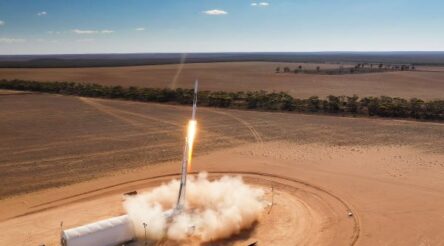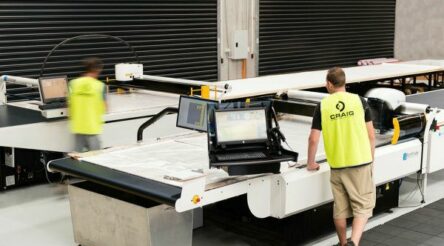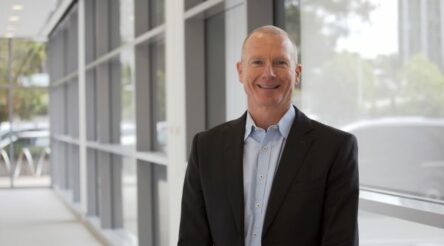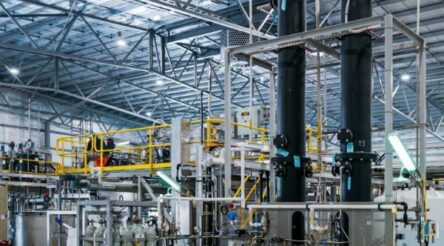Miners join manufacturers and researchers into green iron
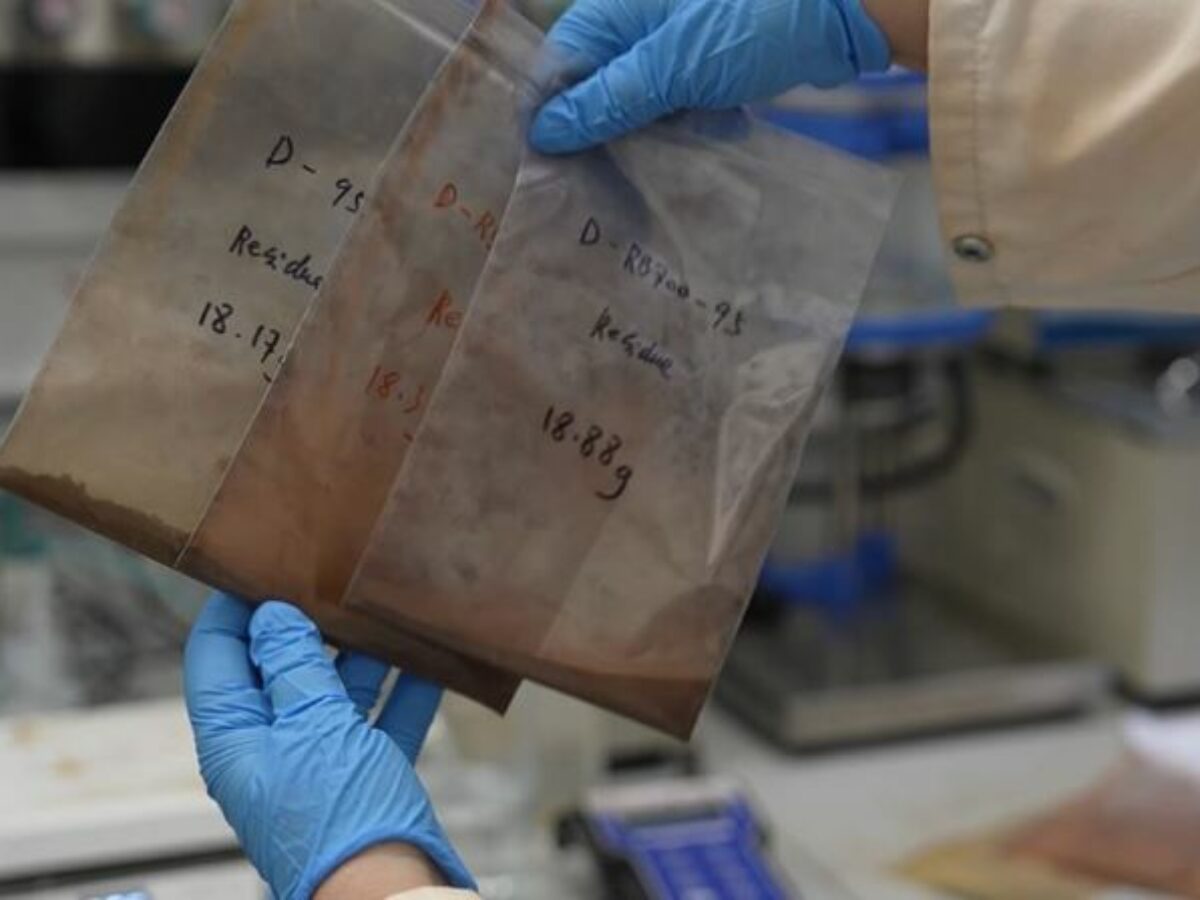
Iron ore miners Fortescue and Roy Hill have joined with steelmaker Liberty and university partners in new projects from the Heavy Industry Low Carbon Transition CRC (HILT CRC) which are funded by the Australian Renewable Energy Agency.
The projects in ARENA’s recent Iron and Steel R&D Round will develop technology to upgrade iron ore quality for direct reduced ironmaking (DRI) via leaching, using reagents from seawater reverse osmosis brines, and de-risking the use of hydrogen with lower-grade Pilbara iron ores in fluidised bed direct reduced ironmaking.
Iron and steelmaking is one of the most carbon intensive and difficult to abate sectors, with the projects aiming to reduce emissions from Australia’s iron and steel supply chain.
According to HILT CRC: “This marks a significant achievement for HILT CRC and two of our Core university partners Curtin University and the Australian National University.
“…These projects have the potential to contribute significantly to the advancement of the technological solutions required for low-carbon products to bring us closer to net zero.”
Upgrading Iron Ore for DRI Production Using Seawater Reverse Osmosis (RO) Brines
The project is leveraging research led by Professor Jacques Eksteen and Dr Lina Hockaday from Curtin University and is also funded by The Minerals Institute of Western Australia (MRIWA), Curtin University and HILT CRC.
When producing iron ore for direct reduced iron (DRI), achieving high-grade material is highly beneficial. Alkaline leaching of impurities, under appropriate operating conditions, presents a unique solution to upgrading iron ore sourced from the Pilbara region.
The project aims to improve commercial viability of low-grade iron ore beneficiation through generation of reagents and valuable by-products from seawater RO brines. It will deliver the following outcomes:
- Reduction in cost associated with using lower-grade Australian iron ores in low emissions DRI production through development of a hydrometallurgical caustic leaching process
- Increased research capacity in the Australian iron and steel sector, and the facilitation of collaboration between research groups and industry
- And improved commercial viability of low-grade iron ore beneficiation through generation of valuable by products.
De-risking Large-Scale Australian Fine-Ore Hydrogen Ironmaking
Led by Australian National University and Associate Professor John Pye, the project looks at end-to-end processes for producing green steel from primarily lower-grade Pilbara iron ore fines, where fluidised bed hydrogen direct reduced ironmaking (DRI) is assumed as the main reduction step..
According to HILT CRC: “The project examines reduction kinetics, fluidised bed reactor designs, and some novel processes for briquetting or smelting the resulting DRI particles, and overall process techno-economics.
“Outcomes will include reactor designs, experimental proofs of concept and component and system-level models, as well as professional pre-feasibility studies of the most prospective concepts.”
Picture: HILT CRC
@aumanufacturing Sections
Analysis and Commentary Awards Defence Manufacturing News Podcast Technology Videos







